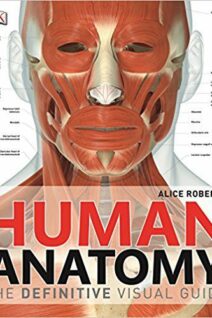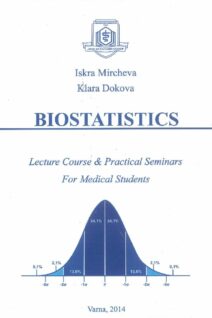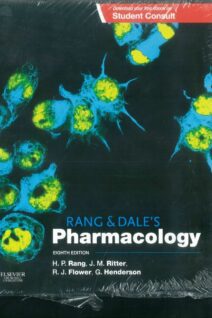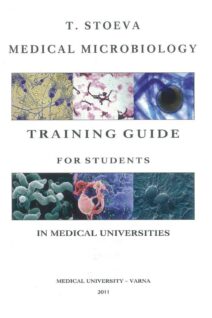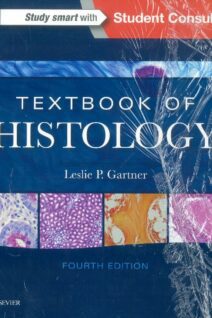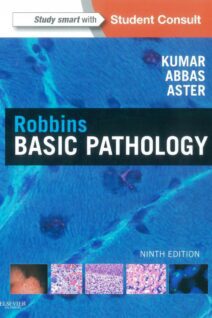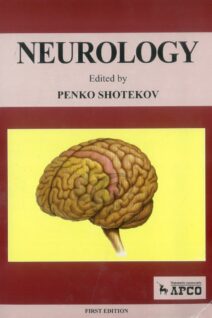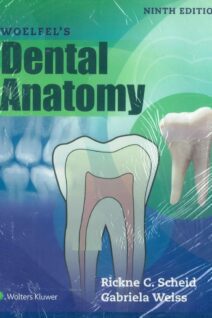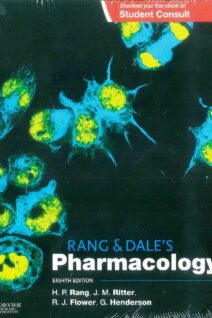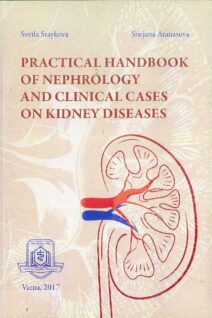Guyton and Hall Textbook of Medical Physiology, 14th Edition
Guyton & Hall – Textbook of Medical Physiology , 13th Edition
The first edition of the Textbook of Medical Physiology was written by Arthur C. Guyton almost 60 years ago. Unlike most major medical textbooks, which often have 20 or more authors, the first eight editions of the Textbook of Medical Physiology were written entirely by Dr. Guyton, with each new edition arriving on schedule for nearly 40 years. Dr. Guyton had a gift for communicating complex ideas in a clear and interesting manner that made studying physiology fun. He wrote the book to help students learn physiology, not to impress his professional colleagues.
I worked closely with Dr. Guyton for almost 30 years and had the privilege of writing parts of the ninth and tenth editions. After Dr. Guyton’s tragic death in an automobile accident in 2003, I assumed responsibility for completing the subsequent editions. For the thirteenth edition of the Textbook of Medical Physiology, I have the same goal as for previous editions— to explain, in language easily understood by students, how the different cells, tissues, and organs of the human body work together to maintain life.
This task has been challenging and fun because our rapidly increasing knowledge of physiology continues to unravel new mysteries of body functions. Advances in molecular and cellular physiology have made it possible to explain many physiology principles in the terminology of molecular and physical sciences rather than in merely a series of separate and unexplained biological phenomena.
The Textbook of Medical Physiology, however, is not a reference book that attempts to provide a compendium of the most recent advances in physiology. This is a book that continues the tradition of being written for students. It focuses on the basic principles of physiology needed to begin a career in the health care professions, such as medicine, dentistry, and nursing, as well as graduate studies in the biological and health sciences. It should also be useful to physicians and health care professionals who wish to review the basic principles needed for understanding the pathophysiology of human disease. I have attempted to maintain the same unified organization of the text that has been useful to students in the past and to ensure that the book is comprehensive enough that students will continue to use it during their professional careers.
My hope is that this textbook conveys the majesty of the human body and its many functions and that it stimulates students to study physiology throughout their careers. Physiology is the link between the basic sciences and medicine. The great beauty of physiology is that it integrates the individual functions of all the body’s different cells, tissues, and organs into a functional whole, the human body. Indeed, the human body is much more than the sum of its parts, and life relies upon this total function, not just on the function of individual body parts in isolation from the others.
This brings us to an important question: How are the separate organs and systems coordinated to maintain proper function of the entire body? Fortunately, our bodies are endowed with a vast network of feedback controls that achieve the necessary balances without which we would be unable to live. Physiologists call this high level of internal bodily control homeostasis. In disease states, functional balances are often seriously disturbed and homeostasis is impaired. When even a single disturbance reaches a limit, the whole body can no longer live. One of the goals of this text, therefore, is to emphasize the effectiveness and beauty of the body’s homeostasis mechanisms as well as to present their abnormal functions in disease.
Another objective is to be as accurate as possible. Suggestions and critiques from many students, physiologists, and clinicians throughout the world have checked factual accuracy as well as balance in the text. Even so, because of the likelihood of error in sorting through many thousands of bits of information, I wish to issue a further request to all readers to send along notations of error or inaccuracy. Physiologists understand the importance of feedback for proper function of the human body; so, too, is feedback important for progressive improvement of a textbook of physiology. To the many persons who have already helped, I express sincere thanks. Your feedback has helped to improve the text.
A brief explanation is needed about several features of the thirteenth edition. Although many of the chapters have been revised to include new principles of physiology and new figures to illustrate these principles, the text length has been closely monitored to limit the book size so that it can be used effectively in physiology courses for medical students and health care professionals. Many of the figures have also been redrawn and are in full color. New references have been chosen primarily for their presentation
of physiological principles, for the quality of their own references, and for their easy accessibility. The selected bibliography at the end of the chapters lists papers mainly from recently published scientific journals that can be freely accessed from the PubMed site at http://www.ncbi.nlm.nih.gov/pubmed/. Use of these references, as well as cross-references from them, can give the student almost complete coverage of the entire field of physiology.
The effort to be as concise as possible has, unfortunately, necessitated a more simplified and dogmatic presentation of many physiological principles than I normally would have desired. However, the bibliography can be used to learn more about the controversies and unanswered questions that remain in understanding the complex functions of the human body in health and disease.
Another feature is that the print is set in two sizes. The material in large print constitutes the fundamental physiological information that students will require in virtually all of their medical activities and studies. The material in small print and highlighted with a pale blue background is of several different kinds: (1) anatomic, chemical, and discussion but that most students will learn in more detail in other courses; (2) physiological information of special importance to certain fields of clinical medicine; and (3) information that will be of value to those students who may wish to study particular physiological mechanisms more deeply.
I wish to express sincere thanks to many persons who have helped to prepare this book, including my colleagues in the Department of Physiology and Biophysics at the University of Mississippi Medical Center who provided valuable suggestions. The members of our faculty and a brief description of the research and educational activities of the department can be found at http://physiology .umc.edu/. I am also grateful to Stephanie Lucas for excellent secretarial services and to James Perkins for
excellent illustrations. Michael Schenk and Walter (Kyle) Cunningham also contributed to many of the illustrations. I also thank Elyse O’Grady, Rebecca Gruliow, Carrie Stetz, and the entire Elsevier team for continued editorial and production excellence.
Finally, I owe an enormous debt to Arthur Guyton for the great privilege of contributing to the Textbook of
Medical Physiology for the past 25 years, for an exciting career in physiology, for his friendship, and for the inspiration that he provided to all who knew him.
John E. Hall



